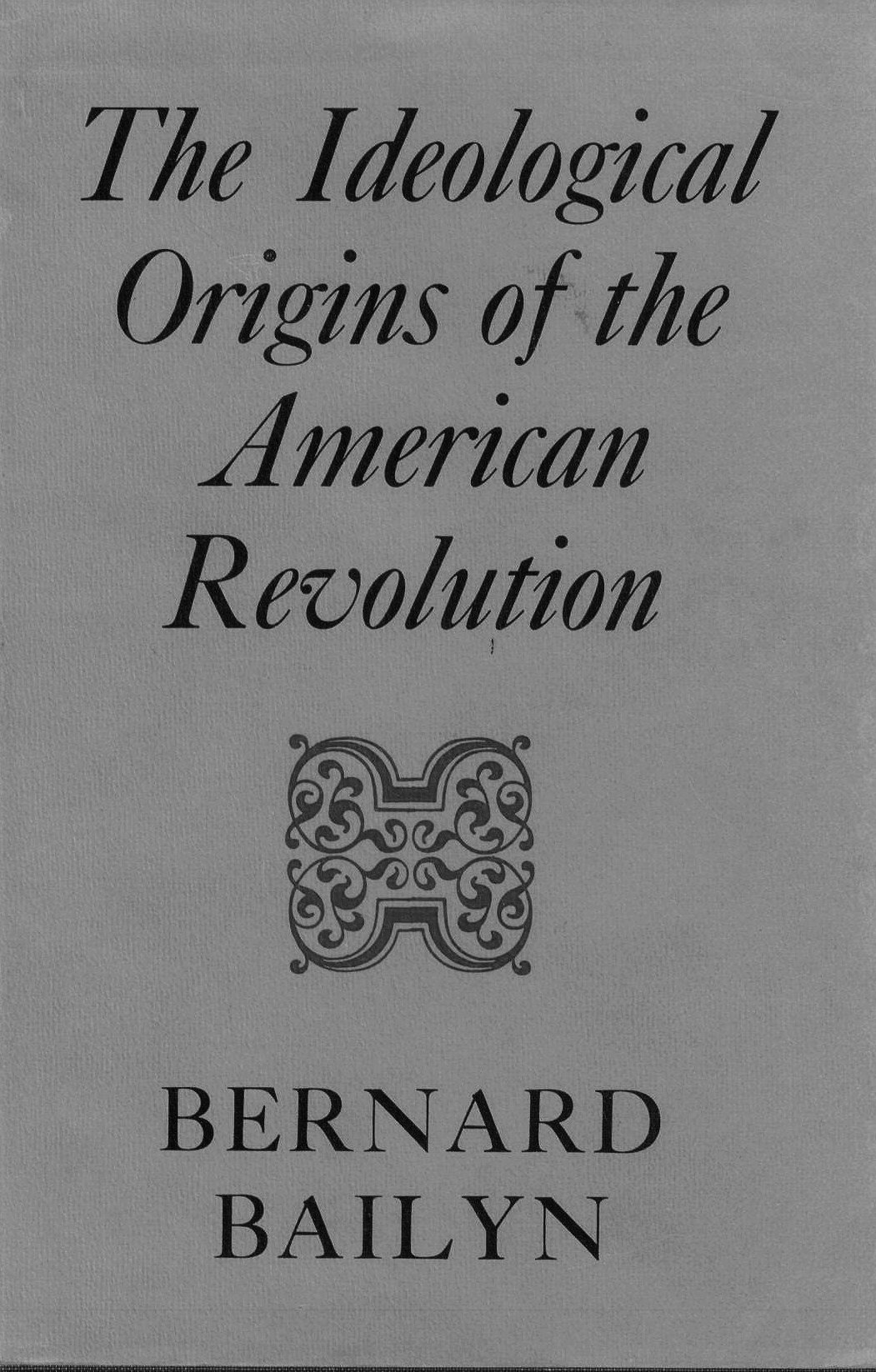Hardcover, 433 pages
English language
Published 1967 by Harvard University Press.

Hardcover, 433 pages
English language
Published 1967 by Harvard University Press.
This work is an elaboration of the book-length General Introduction that appeared in the first volume (published in 1965) of Mr. Bailyn's projected four-volume edition, Pamphlets of the American Revolution. In its briefer, original form the essay was generally acknowledged, in Lyman Butterfield's phrase, to have "transformed all further study of that epoch of history." The essay, Richard Hofstadter wrote, is "brilliantly done and will certainly take its place among the indispensable reading matter for students of the American Revolution and of the American mind." Now revised and substantially enlarged, Mr. Bailyn's highly influential interpretation becomes separately available in convenient form.
The present version goes beyond the original in several ways. The author now provides broader and deeper documentation for the story of the development of American ideological positions than was possible when the Introduction was first written, and thought the structure of the essay remains the same, the …
This work is an elaboration of the book-length General Introduction that appeared in the first volume (published in 1965) of Mr. Bailyn's projected four-volume edition, Pamphlets of the American Revolution. In its briefer, original form the essay was generally acknowledged, in Lyman Butterfield's phrase, to have "transformed all further study of that epoch of history." The essay, Richard Hofstadter wrote, is "brilliantly done and will certainly take its place among the indispensable reading matter for students of the American Revolution and of the American mind." Now revised and substantially enlarged, Mr. Bailyn's highly influential interpretation becomes separately available in convenient form.
The present version goes beyond the original in several ways. The author now provides broader and deeper documentation for the story of the development of American ideological positions than was possible when the Introduction was first written, and thought the structure of the essay remains the same, the text and especially the annotation contain a new dimension. Mr. Bailyn adds to his earlier analysis the sources of these ideas in the political literature of the early eighteenth-century America. As he writes in his Foreword, "I discovered that the configuration of ideas and attitudes I had described in the General Introduction as the Revolutionary ideology could be found intact—completely formed—as far back as the 1830's; in partial form it could be found even farther back, at the turn of the seventeenth century."
The author traces these early roots of the Revolutionary ideology in the documentary commentary now added to the text, and in doing so provides evidence that "the claims and counter-claims, the fears and apprehensions that fill the pamphlets, letters, newspapers, and state papers of the Revolutionary years had in fact been heard throughout the century." The question that Mr. Bailyn now points to, therefore, is not "simply why there was a Revolution but how such an explosive amalgam of politics and ideology first came to be compounded, why it remained so potent through years of surface trnaquility, and why, finally, it was detonated when it was."